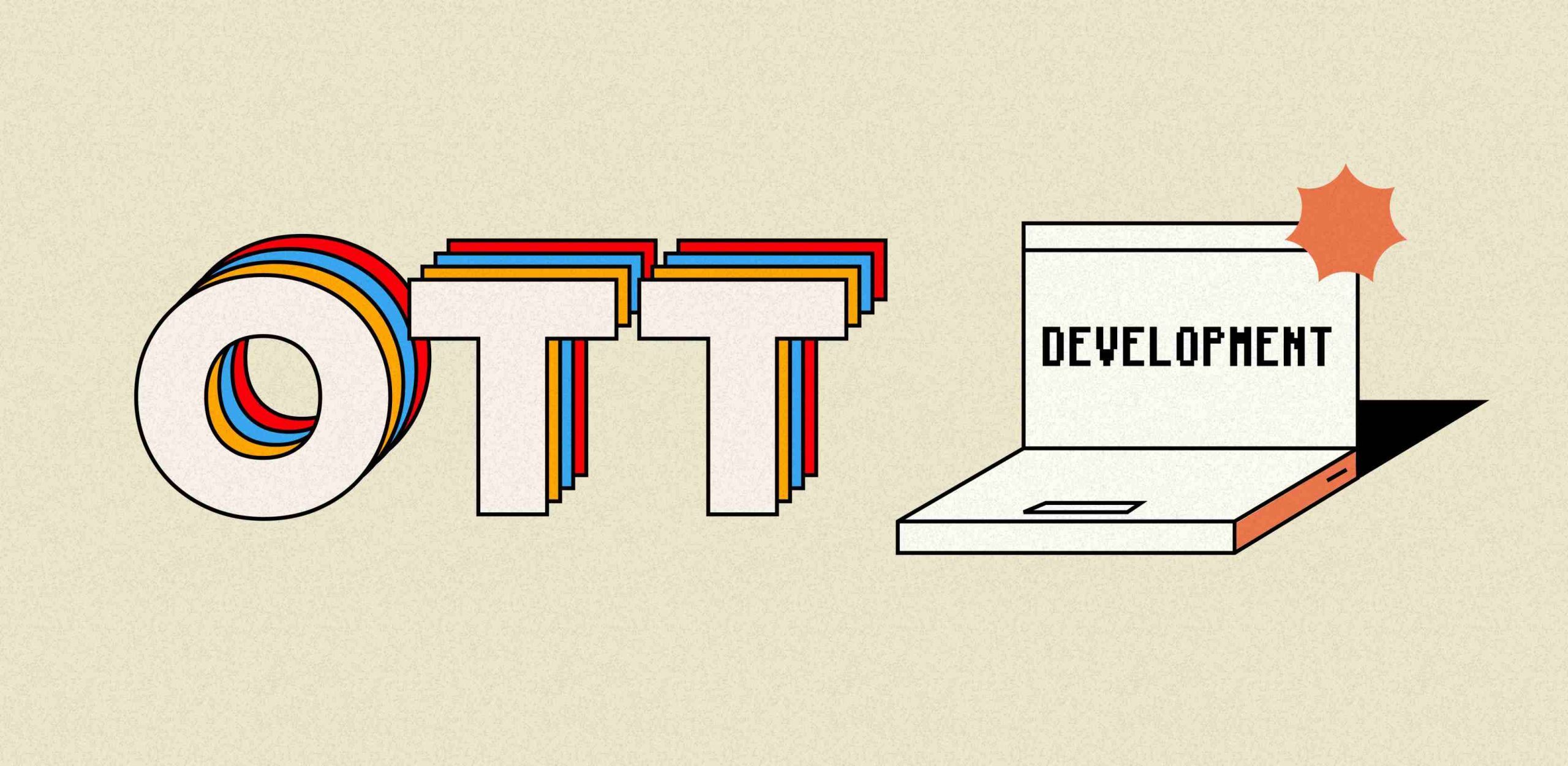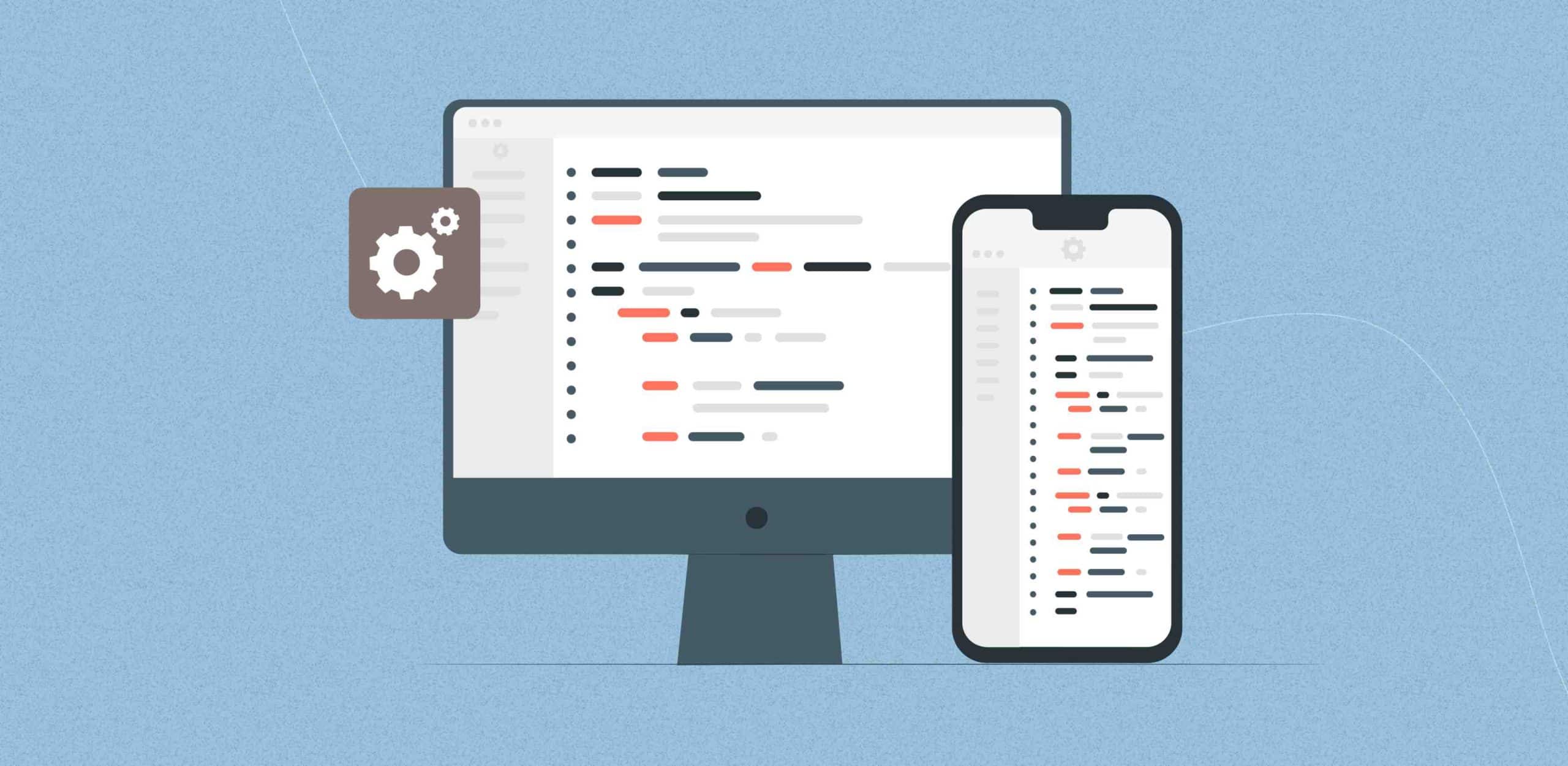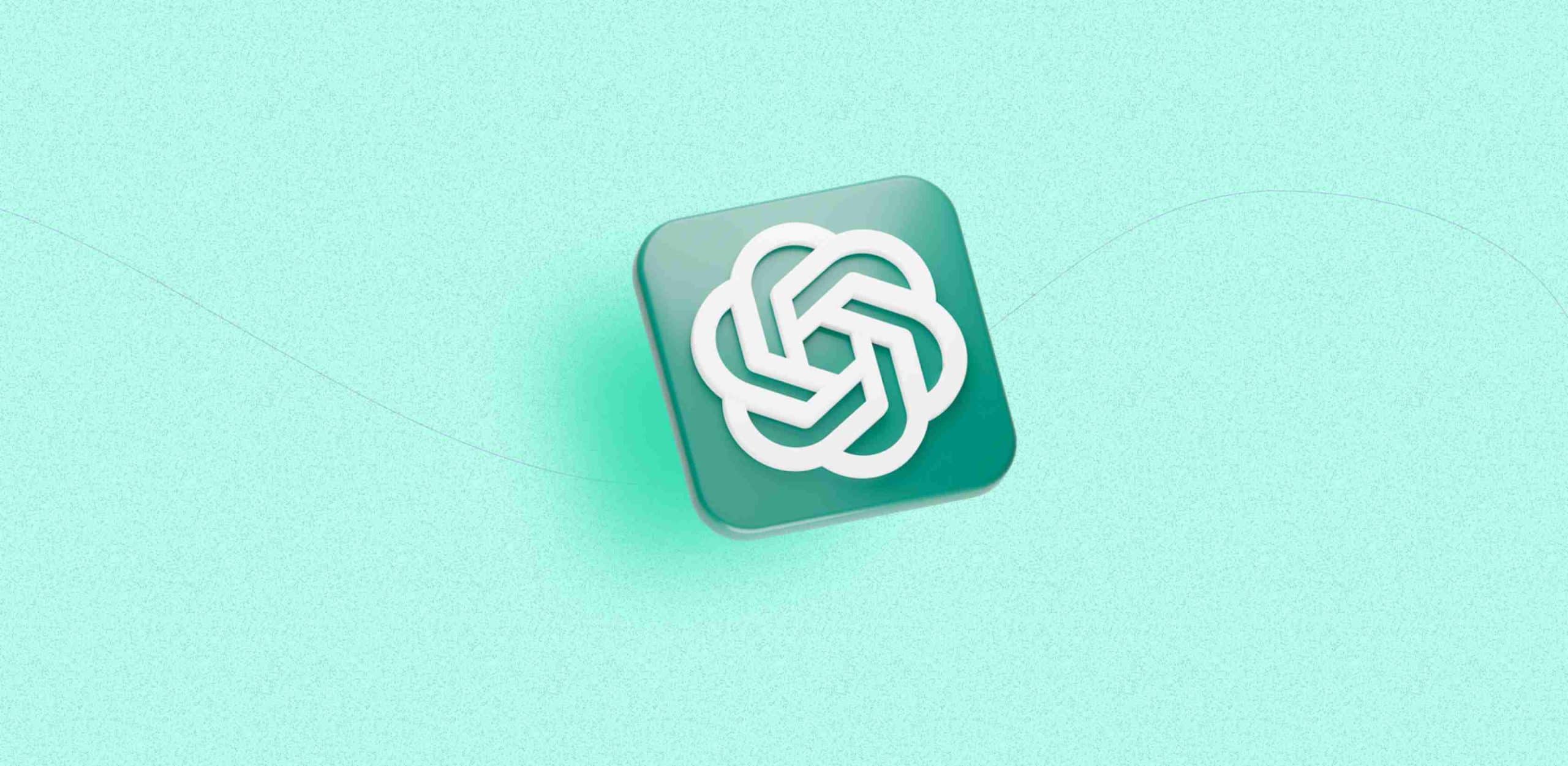Over-the-top (OTT) app development is becoming increasingly popular as more people consume media and entertainment through digital channels. OTT apps have disrupted traditional cable and satellite TV services, allowing users to access the content at their convenience and on a variety of devices.
In this guide, we will explore what OTT services are, why you should invest in OTT app development, the different types of OTT apps, must-have features to include in your OTT app, the step-by-step process of OTT app development, how OTT platforms make money, and how much it costs to develop an OTT app.
What are OTT services?
Why should you invest in OTT app development?
What are the merits of OTT apps?
Get a free consultation for your OTT app development needs.
What are the different types of OTT apps?
There are several types of OTT apps that you can develop, depending on your business needs and goals. Some of the most common types of OTT apps include:
Video-on-demand (VOD) apps: VOD apps are the most popular type of OTT app. These apps allow users to watch movies and TV shows on-demand. These apps provide users with the flexibility to watch their favorite content anytime, anywhere. Examples of VOD apps include Netflix, Hulu, and Amazon Prime Video.
Live streaming apps: Live streaming apps are another popular type of OTT app. These apps allow users to watch live events, such as sports games and concerts, in real-time. They are popular among sports fans who want to watch live games on their mobile devices. Examples of live-streaming apps include ESPN and DAZN.
Catch-up TV apps: Catch-up TV apps allow users to watch previously aired TV shows and episodes on demand. These apps provide users with the ability to catch up on missed episodes and stay up-to-date with their favorite shows. Examples of catch-up TV apps include BBC iPlayer and ITV Hub.
Hybrid apps: Hybrid apps are a combination of VOD and live streaming apps. These apps provide users with the flexibility to watch both on-demand content and live events. Hybrid apps are popular among users who want the best of both worlds. Examples of hybrid apps include Sling TV and PlayStation Vue.
Must-have features to include in OTT app development
To make your OTT app successful, you need to include certain features that will enhance the user experience and keep them engaged. Some of the must-have features to include in your OTT app development are:
User-friendly interface: Your app should have an intuitive and easy-to-use interface that allows users to navigate through the app and find the content they want to watch quickly.
Personalization: Personalized recommendations based on user viewing history and preferences are a must-have feature in OTT apps. This feature helps users discover new content and keeps them engaged with the app.
Multi-device support: Your app should be available on a variety of devices, including smartphones, tablets, smart TVs, and streaming devices.
Offline viewing: Offline viewing is a popular feature that allows users to download content and watch it later, even when they are not connected to the internet.
Search functionality: A robust search function is essential to help users find the content they are looking for quickly and easily.
Social sharing: Social sharing features allow users to share their favorite content with friends and family on social media platforms.
Subtitles and closed captioning: Subtitles and closed captioning are essential for users who are hearing impaired or who want to watch content in a language other than their own.
Payment gateway integration: Payment gateway integration is essential for apps that offer premium content or subscription-based models.
Know how to choose your OTT App Development Company. Read the blog.
Step-by-step process of OTT app development
How do OTT platforms make money with monetization models?
OTT platforms make money through various monetization models, including:
Subscription-based model: One of the most common monetization models used by OTT platforms is the subscription-based model. In this model, users are required to pay a monthly or annual fee to access premium content. This type of model is used by popular OTT platforms such as Netflix, Hulu, and Amazon Prime Video. The subscription-based model is beneficial for both the platform and the user as it provides a steady stream of revenue and a wide range of content for the user.
Ad-based model: Another popular monetization model is the ad-based model. This model involves showing ads to users while they watch content. Ad revenue is generated based on the number of impressions and clicks. This type of model is commonly used by platforms such as YouTube and Hulu. Although this model provides free access to content, it can be frustrating for users who are constantly interrupted by ads.
Pay-per-view model: The pay-per-view model is another way that OTT platforms make money. This model allows users to pay for individual movies or TV shows they want to watch. This model is typically used for new or exclusive content that is not available through other subscription-based models. This model is used by platforms such as Apple TV and Google Play.
Freemium model: This model offers a basic version of the app for free but charges for premium features or content. This type of model is commonly used by gaming apps and can also be used by OTT platforms such as Spotify.
How much does OTT app development cost?
The cost of developing an OTT app can vary depending on several factors, such as the complexity of the app, the number of features, and the platform you choose to develop for. A basic OTT app can cost anywhere from $20,000 to $50,000, while a more complex app can cost upwards of $200,000 or more. It’s important to work with an experienced OTT app development company to get an accurate estimate of the cost of your app.
Conclusion
In conclusion, OTT app development is a smart investment for businesses that want to reach a wider audience and offer their content and services on multiple devices. If you’re interested in implementing or custom developing an OTT app solution for your business, please contact us to learn more about how we can help.
Let’s transform your business for a change that matters.
F. A. Q.
Do you have additional questions?
OTT services refer to streaming media services that are delivered directly to viewers over the internet, bypassing traditional distribution channels such as cable TV. Investing in OTT app development can help businesses reach a wider audience and offer their content and services on multiple devices.
Must-have features for an OTT app include personalized recommendations, easy navigation, offline viewing, social sharing, subtitles and closed captioning, payment gateway integration, and more.
The step-by-step process of OTT app development involves ideation and planning, UX/UI design, development, content management, quality assurance, and launch and marketing.
OTT platforms make money through various monetization models, such as subscription-based models, ad-based models, pay-per-view models, and freemium models. Ad revenue is generated based on the number of impressions and clicks, while subscription and pay-per-view models require users to pay to access premium content.
The cost of OTT app development can vary depending on factors such as the complexity of the app, the number of features, and the platform you choose to develop for. It's important to work with an experienced OTT app development company to get an accurate estimate of the cost of your app.














